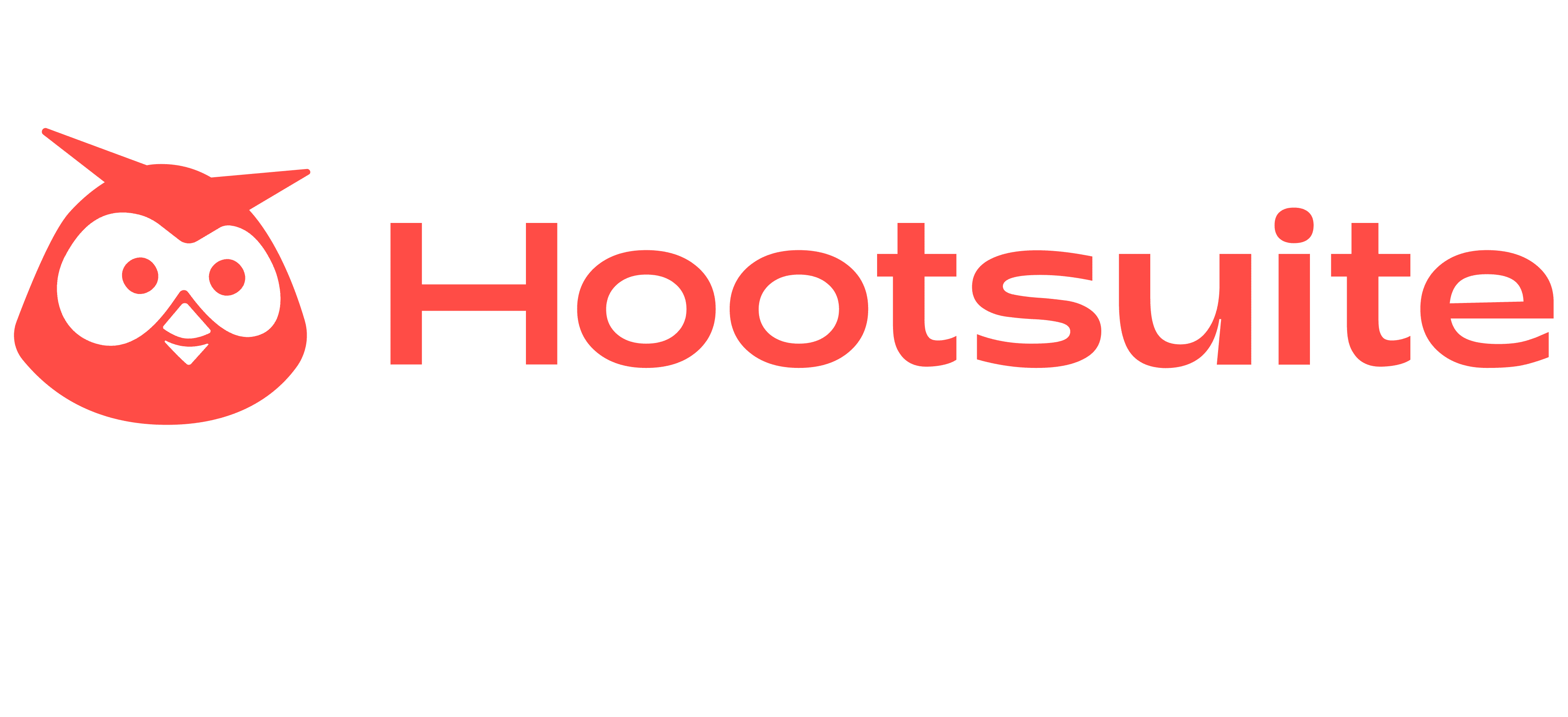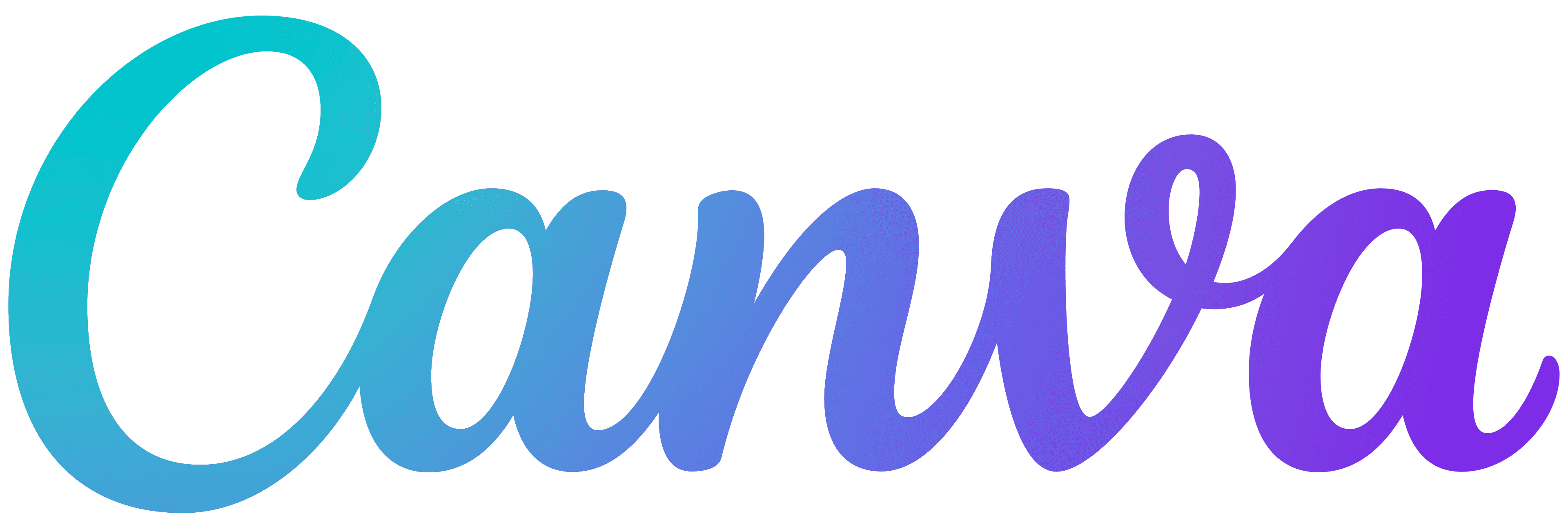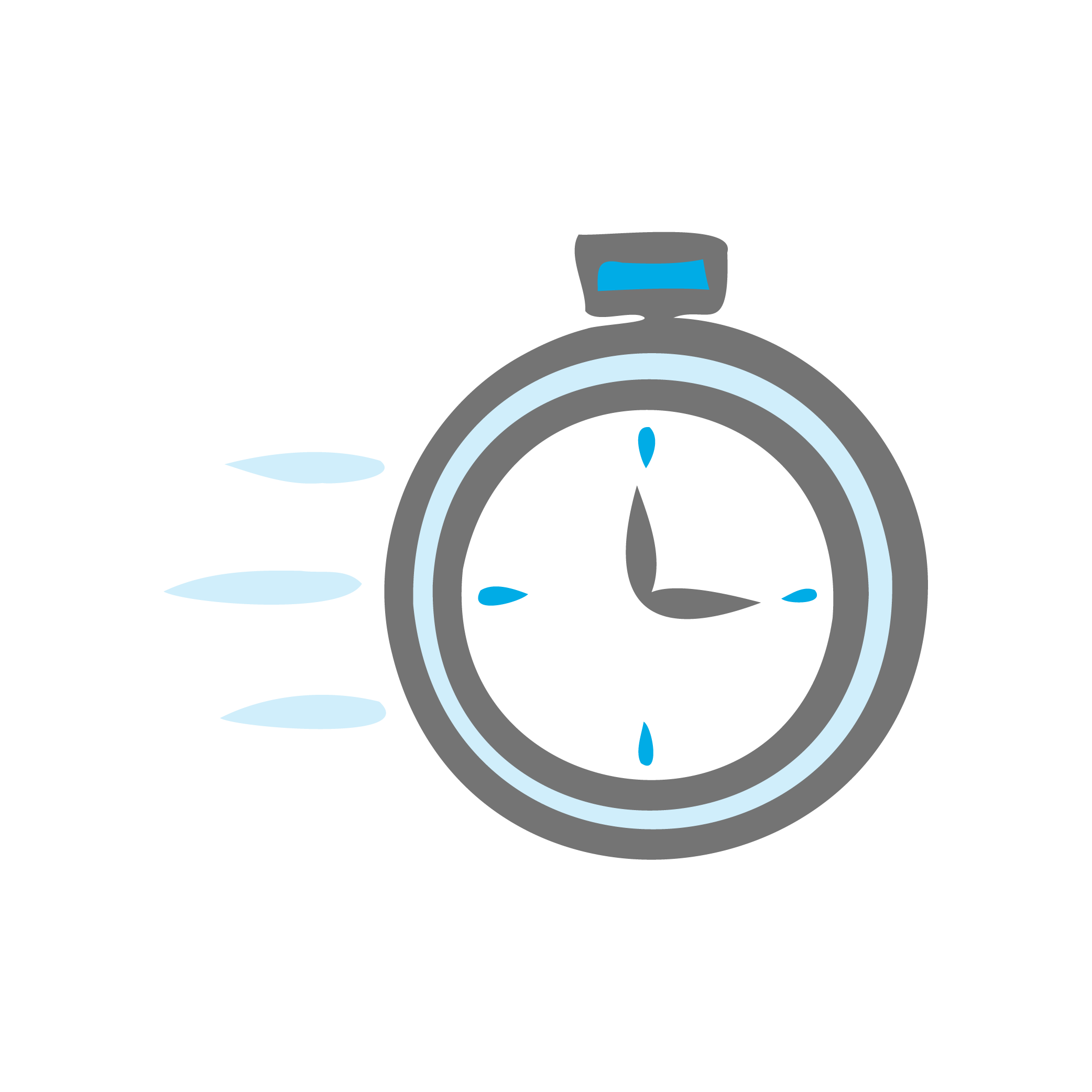Maintaining your Social Media Presence
On-Demand Social Media Support in a Flexible Membership Structure
Managing Social Media for Hundreds of Brands Since 2010
Providing On-Demand, ON-BRAND
Social Media Marketing Support
From coordinating with influencers to managing ad targeting on Instagram or designing new content, our social media team customizes each deliverable for your brand based on your requests, messaging guidelines, branding guidelines, and goals, as well as best practices.

Reinforce With
Social Media Content
We’re obsessed with crafting engaging creative content that furthers your brand and business goals.
The right content authentically engages your audience while moving them through your funnel.
Accelerate With
Community Management
We monitor, moderate, and manage online communities to help build meaningful interaction around your brand.
Community development is one of the most effective methods for engaging your audience with your brand.


Amplify With
Social Media Ads
We create advertising campaigns using the full scope of each social media channel’s audience targeting capabilities.
Social media campaigns have some of the most powerful audience targeting capabilities available.
Plan With
Editorial Calendars
We craft editorial content calendars to keep social media coordinated with the broad marketing effort.
Coordinating all marketing channels creates a synchronized marketing approach that has a measurable impact.

Using Cutting-Edge Social Media Tools






Membership for
Businesses of All Sizes
Our simple pricing, flexible packages, and risk-free terms allow you to experience membership first-hand in a limited capacity before scaling up.
























